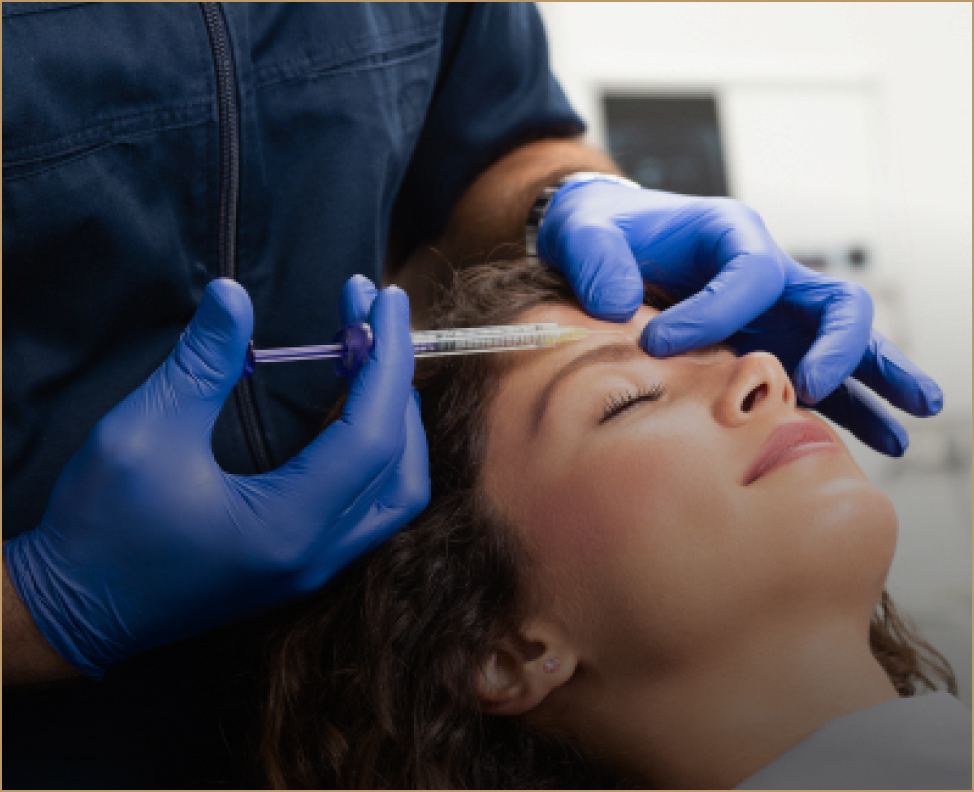You’ve noticed the signs: a sagging jawline that wasn’t there a few years ago, deeper folds around your mouth, or loose skin along your neck that makeup just can’t hide. Maybe you’ve been told you look tired, even when you’re feeling energized. If these subtle yet frustrating signs of aging have made you feel less confident, a facelift may be right for you.
At Quintessa, our expert plastic surgeons are known for delivering natural-looking facelift results tailored to your unique facial anatomy. But exceptional outcomes don’t begin in the operating room: they start long before. Proper preparation is essential for a smooth recovery and long-lasting results. In this article, we’ll walk you through exactly how to prepare for your facelift procedure in Milwaukee, from setting up your home to supporting your body and mind.

Mentally Prepare for Your Recovery
Preparing your mindset is just as important as preparing your body. Undergoing cosmetic surgery is a deeply personal decision, and it’s normal to feel a mix of excitement and anxiety in the weeks leading up to your facelift. Setting realistic expectations, leaning on your support system, and planning ahead can help you feel empowered.
Take time to reflect on your goals. Review before-and-after photos of past Quintessa patients to align your expectations with what’s possible. Share your thoughts with trusted friends or family and consider journaling your journey. If you’re feeling uncertain, our Milwaukee team is always available to answer your questions and ensure you feel confident.
Follow All Medication and Supplement Guidelines
Two to four weeks before surgery, you’ll be advised to stop taking certain medications, vitamins, or supplements that may increase bleeding risk. These often include aspirin, ibuprofen, vitamin E, fish oil, and herbal products. It’s critical to disclose every product you take, including over-the-counter items, to your Quintessa provider during your pre-op consultation.
If you take prescription medications for chronic conditions, we’ll help coordinate with your primary care physician to ensure continuity of care. Follow all medication instructions carefully to minimize complications and ensure a safe and successful surgery.
Stop Smoking and Avoid Alcohol Well in Advance
Nicotine is a major risk factor when it comes to facelift recovery. It constricts blood vessels, limits oxygen flow, and slows your body’s ability to heal. If you smoke, vape, or use nicotine, you’ll need to stop at least four weeks before and after your facelift procedure.
Alcohol can also impair healing by thinning the blood and interacting with anesthesia. We recommend avoiding alcohol for at least 48 hours prior to surgery and for several days post-operatively. Eliminating these substances supports a smoother recovery.

Create a Comfortable Recovery Space at Home
Healing takes time, and your environment plays a big role. Before your surgery, set up a dedicated recovery area at home. Choose a quiet, cozy space close to a bathroom with good lighting and minimal distractions. Stock it with extra pillows (to keep your head elevated), soft blankets, and entertainment like books or streaming access.
Pre-load your recovery zone with essentials such as:
- Ice packs or cold compresses
- Gauze, ointments, and post-op supplies provided by your surgeon
- A thermometer and mirror
- A phone charger and medications within easy reach
Planning this space ahead of time allows you to focus fully on rest and healing after surgery.
Prep Nourishing Meals in Advance
After a facelift, you may not feel like cooking, so planning your meals ahead of time is crucial. In the days leading up to your procedure, prepare and freeze several easy-to-digest, low-sodium meals rich in lean protein, whole grains, and vegetables. Avoid processed foods that may promote inflammation or cause bloating.
Hydration is just as important. Drink plenty of water in the days before and after your facelift. Keep hydrating options nearby, like electrolyte-enhanced water or herbal teas. Having everything ready will reduce stress and support your body’s recovery process.
Choose the Right Clothing for Surgery Day and Beyond
Comfort is critical during your facelift recovery. On the day of your procedure, wear loose-fitting clothes that don’t need to be pulled over your head: think button-down shirts or zip-ups. These are easier to remove without disturbing your dressings.
You’ll also want to set aside similar garments for the days following surgery. Choose breathable, soft fabrics and easy-to-slip-on shoes. Planning your wardrobe ahead of time helps you move comfortably and minimizes unnecessary strain while you heal.
Confirm Your Support System
Every facelift patient needs a trusted helper during the first 24 to 72 hours after surgery. This person should be available to:
- Drive you to and from your procedure
- Stay with you overnight after surgery
- Assist with light meals, errands, and any unexpected needs
If you have children or pets, arrange care for them as well. The more support you have, the more you can focus on rest, and the more successful your healing will be. At Quintessa, we often help patients organize their aftercare plan to ensure nothing is overlooked.
Protect Your Skin and Limit Sun Exposure
Your skin will be more sensitive following a facelift, so it’s important to begin gentle skincare practices even before your procedure. Keep your skin hydrated and avoid excessive sun exposure. Use a broad-spectrum SPF 50 or higher daily, even if you’re mostly indoors.
Avoid any harsh exfoliants or treatments in the two weeks leading up to surgery. Our Milwaukee-based Quintessa team can recommend pre-surgical skincare products to prepare your skin for optimal healing and minimal scarring.
Trust the Experts at Quintessa for Your Facelift
At Quintessa in Milwaukee, we specialize in facelift procedures that enhance your natural beauty while maintaining your features. From the moment you schedule your consultation to your final follow-up, our team will guide you through every step of the process. Schedule your facelift consultation at Quintessa and discover what’s possible with the right preparation.









